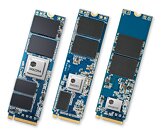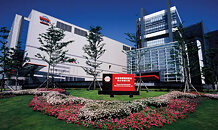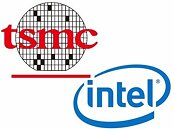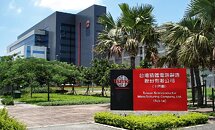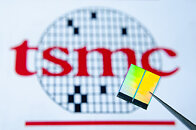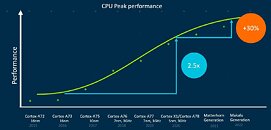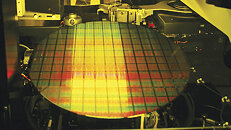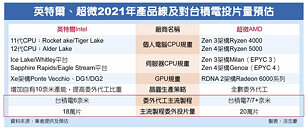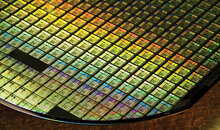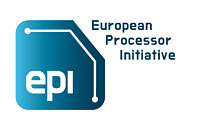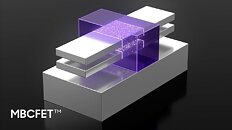Silicon Motion: PCIe 5.0 SSD Controller to Arrive Next Year
With the debut of PCIe 4.0 standard, SSD manufacturers have started launching a new generation of storage devices, with unseen speeds before. Today's PCIe 4.0 SSDs can reach up to 8.0 GB/s reads and writes, all thanks to the bandwidth-heavy PCIe protocol. However, enterprise workloads are always requiring more and more bandwidth to satisfy their needs. Data is being moved in immense quantities and faster hardware is always welcome. The previous PCIe 4.0 standard is about to kneel to its successor - PCIe 5.0 protocol. Having double the amount of bandwidth, the new standard is set to bring unseen speeds.
The PCIe 5.0 protocol offers 32 GT/s per lane, making up to 64 GB/s in the full x16 implementation. However, when it comes to SSDs, as they use x4 lanes, it will increase the maximum speed to 16 GB/s, doubling the previous bandwidth. Silicon Motion, the maker of NAND flash controllers, has announced that the company is going to debut a PCIe 5.0 controller next year. "We are excited about enterprise-grade PCIe Gen5 controller, which we will have taped out early next year and sample in the second half of 2022", said Wallace Kuo, chief executive of Silicon Motion, during a conference call. Launching just in time to pair with Intel's Sapphire Rapids Xeon processors that support the PCIe 5.0 protocol, Silicon Motion is probably expecting to grab its market share there.
The PCIe 5.0 protocol offers 32 GT/s per lane, making up to 64 GB/s in the full x16 implementation. However, when it comes to SSDs, as they use x4 lanes, it will increase the maximum speed to 16 GB/s, doubling the previous bandwidth. Silicon Motion, the maker of NAND flash controllers, has announced that the company is going to debut a PCIe 5.0 controller next year. "We are excited about enterprise-grade PCIe Gen5 controller, which we will have taped out early next year and sample in the second half of 2022", said Wallace Kuo, chief executive of Silicon Motion, during a conference call. Launching just in time to pair with Intel's Sapphire Rapids Xeon processors that support the PCIe 5.0 protocol, Silicon Motion is probably expecting to grab its market share there.
